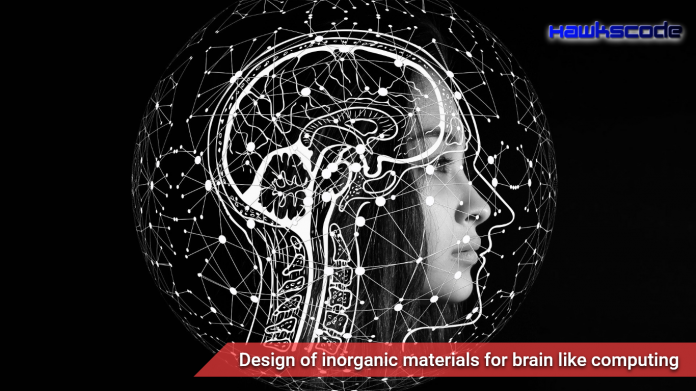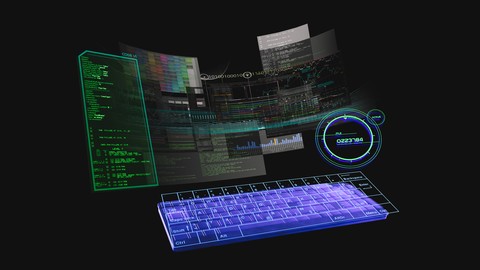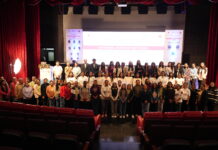Design of inorganic material for brain like computing
In this blog, I will discuss about Design of inorganic material for brain like computing. Imagine your computer could think like you do or even understand you? That future may not be now, but it’s one step closer, thanks to scientists and engineers and their recent discovery of a materials-based mimic for the neural signals responsible for transmitting information within the human brain.
The team was able to clarify the mechanism driving this behavior by taking a new look at β’-CuxV2O5, a chameleon-like material that changes with temperature or an applied electrical stimulus. In the process, they zeroed in on how copper ions move around inside the material and how this subtle dance in turn sloshes electrons around to transform it.

Important Announcement – EasyShiksha has now started Online Internship Program “Ab India Sikhega Ghar Se”

Their research revealed that the movement of copper ions is the linchpin of an electrical conductivity change which can be leveraged to create electrical spikes in the same way that neurons function in the cerebral nervous system.
“Nature has given us materials with the appropriate types of behavior to mimic the information processing that occurs in a brain, but the ones characterized to date have had various limitations,”
Top Software Engineering Courses
“The importance of this work is to show that Design of inorganic material for brain like computing and create electrically active materials with significantly improved neuromorphic properties.As we understand more, our materials will improve significantly, thus providing a new path to the continual technological advancement of our computing abilities.”
A computer built to mimic the brain’s neural networks produces similar results to that of the best brain-simulation supercomputer software currently used for neural-signaling research
Team also essentially show that a very small movement of copper ions within the structure brings about a massive change in conductance in the whole material, Because of this movement of copper ions, the material transforms from insulating to conducting in response to external changes in temperature, applied voltage or applied current. There is a huge gap between the energy consumption of the brain and today’s supercomputers. Neuromorphic (brain-inspired) computing allows us to investigate how close we can get to the energy efficiency of the brain using electronics.”
Empower your team. Lead the industry
Get a subscription to a library of online courses and digital learning tools for your organization with EasyShiksha
Request NowI hope you like this blog, Design of inorganic material for brain like computing. To learn more visit HawksCode and Easyshiksha.
ALSO READ: columbia-asia-hospital-hebbal-performs-midnight-bone-displacement
Get Course: an-ultimate-course-on-origami-paper-art-for-beginners







































































